I cannot get 100% code coverage as I cannot test Fatals in Golang.
I have found some Q&As including this one, but I am lost as the answers to the posts are contradictory. On the one hand it is possible to check the code coverage in Golang. On the other hand some advocate to ignore the testing of e.g. log.Fatal(err), resulting in a code coverage of less than 100%.
Attempts
As a workaround I replaced all log.Fatal by panic and thanks to this answer I am able to test all the panics and to achieve 100% code coverage.
Problem
Although I am able to get 100% code coverage I am not happy as I am basically misusing panic to get 100% code coverage. According to this answer a panic is used:
when the program, or its part, has reached an unrecoverable state
Based on this definition there are multiple snippets in my code that can throw a panic, while a log.Fatal should be used.
